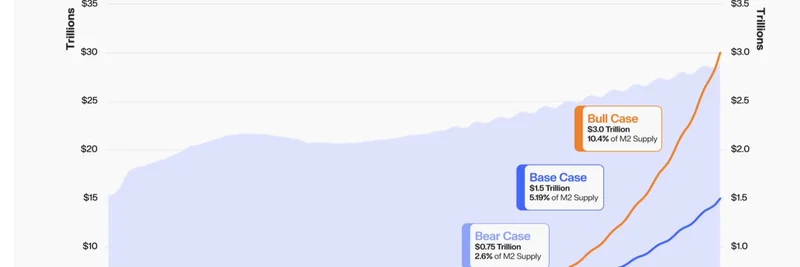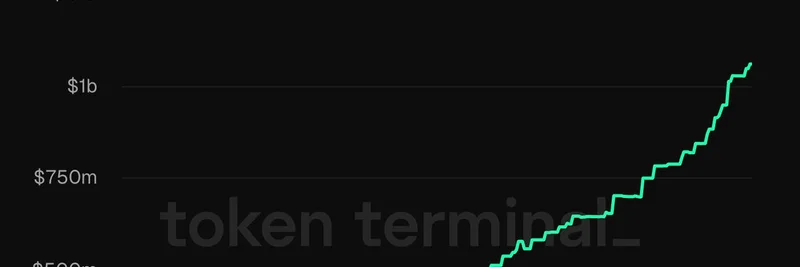Crypto enthusiasts are buzzing about stablecoins, and for good reason. Recently, MartyParty, a well-known crypto commentator and host of The Office Space, shared a must-read article on X (formerly Twitter) that dives deep into the world of stablecoins. His post highlights a report by Amir Hajian from Keyrock Trading, titled "Stablecoin Payments: The Trillion-Dollar Opportunity." If you're into blockchain, meme tokens, or just curious about where crypto is headed, this is worth your time.
Stablecoins are digital currencies pegged to stable assets like the US dollar, making them less volatile than typical cryptocurrencies. They act as a bridge between traditional finance and the crypto world, enabling smooth transactions without the wild price swings.
In his post, MartyParty praises the report for echoing his views on how stablecoins are reshaping global finance. The report, a hefty 90+ pages co-authored with Bitso and featuring insights from big names like Circle, Ripple, and Ondo Finance, explores the architecture of stablecoin payments, real-world use cases, and future trends.
One standout feature is the projection of stablecoin supply relative to the US M2 money supply (which includes cash, checking deposits, and easily convertible near money) by 2030. The chart MartyParty shared breaks it down into three scenarios:
- Bear Case: Stablecoins capture 2.6% of M2, reaching about $0.75 trillion. This assumes slower adoption due to regulatory hurdles or market caution.
- Base Case: A more balanced 5.2% share, hitting $1.5 trillion, with steady integration into everyday payments.
- Bull Case: An optimistic 10.4%, soaring to $3.0 trillion, driven by rapid global adoption and technological advancements.
These projections aren't just numbers—they signal a massive shift. Stablecoins have grown from a tiny 0.04% of M2 in 2020 to over 1% today, creating a parallel monetary system on blockchain rails.
The report emphasizes how stablecoins can revolutionize payments, especially in emerging markets where 85% of the world's population lives. Traditional systems are slow and expensive; stablecoins make transfers faster and cheaper. For instance, remittances via stablecoins can be up to 13 times less costly than banks. Platforms like Bitso are already processing hundreds of millions in US-Mexico transfers monthly.
But what does this mean for meme tokens? At Meme Insider, we're all about those viral, community-driven coins that capture the internet's zeitgeist. Stablecoins provide the stable liquidity needed to trade meme tokens without constant fear of crypto volatility. As stablecoin volumes approach $1 trillion annually by 2030, they could flood the market with fresh capital, boosting meme token trading on decentralized exchanges (DEXs). Imagine seamless on-chain payments for meme-inspired NFTs or tipping creators in stablecoins tied to your favorite dog-themed token.
Moreover, stablecoins integrate with DeFi (decentralized finance), offering yield on holdings—something traditional banks often skimp on. This could attract more users to blockchain ecosystems, where meme tokens thrive on hype and community engagement.
The report also touches on blockchain's role: stablecoins enable atomic transactions (instant and secure swaps), tokenized assets, and better liquidity management. For meme token holders, this means easier entry and exit points, potentially amplifying those moonshot gains.
If you're ready to dig deeper, check out the full report here or the summary on Keyrock's site. MartyParty's endorsement underscores its importance—stablecoins aren't just stable; they're the foundation for the next wave of crypto innovation, including the wild world of memes.
Stay tuned to Meme Insider for more insights on how these trends intersect with meme tokens. What's your take on stablecoin growth? Drop a comment below!


